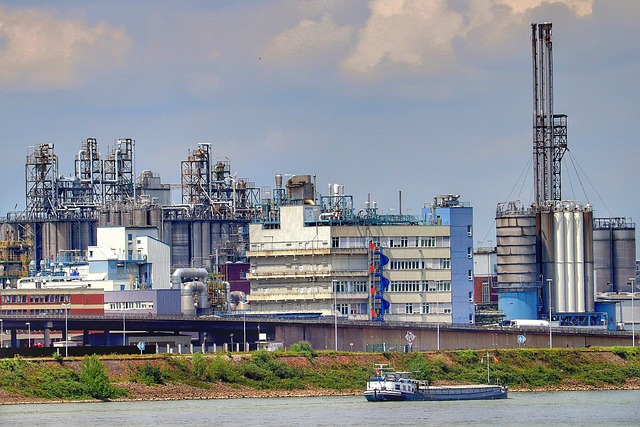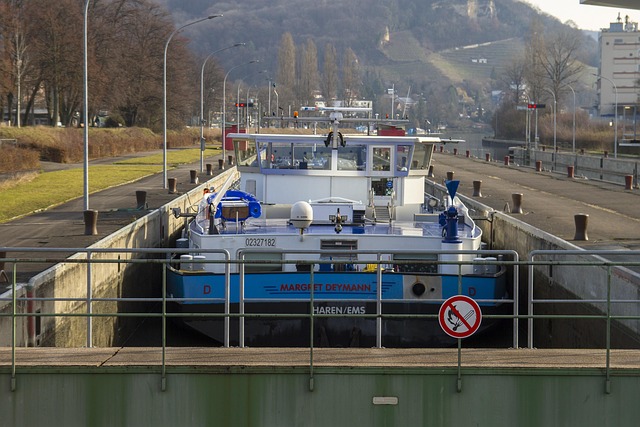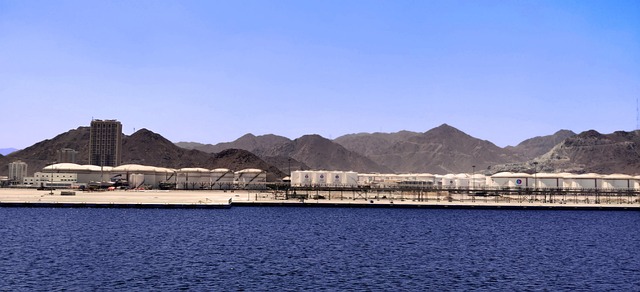Mobile tanker training units offer immersive, hands-on hazmat leak response training for professionals at their worksites. Equipped with simulable hazardous materials and interactive modules, these units enhance preparedness by practicing containment, decontamination, and using specialized gear like spill kits. Benefits include customizable scenarios, on-site accessibility, and continuous improvement through expert workshops, ensuring teams are ready to manage real-world leak situations effectively while minimizing risks.
In today’s industrial landscape, efficient and effective spill response is non-negotiable. To address this critical need, mobile hazmat training units emerge as game-changers. This comprehensive guide explores the essence of these versatile units, designed to simulate leak scenarios for targeted training. From understanding key components to best practices for continuous improvement, we delve into optimizing your team’s preparedness using mobile tanker training units.
- Understanding Mobile Tanker Training Units
- Key Components of a Mobile Hazmat Training Unit
- Benefits of Utilizing Mobile Training for Leak Scenarios
- Setting Up an Effective Training Environment
- Common Spill Response Techniques and Equipment
- Best Practices for Continuous Improvement
Understanding Mobile Tanker Training Units

Mobile tanker training units are specialized vehicles designed to educate and prepare professionals for handling hazardous materials (hazmat) leaks in various environments, particularly during transport. These units offer a practical approach to safety training by simulating real-world scenarios, allowing employees or first responders to gain hands-on experience in containing and managing spills without risking exposure to dangerous substances.
The core of these training units is a mobile tank, equipped with different types of hazardous materials, which can be simulated using non-hazardous liquids. This enables trainees to practice response strategies, including containment, decontamination, and proper use of equipment like spill kits, vacuum trucks, and air monitoring devices. Such immersive training enhances preparedness and ensures that personnel are ready to face potential leak scenarios with confidence and proficiency.
Key Components of a Mobile Hazmat Training Unit

A comprehensive mobile hazmat training unit for leak scenarios should incorporate several critical components to ensure effective preparation and safety. Firstly, it must feature a realistic simulation of various hazardous materials (hazmat) containers, such as barrels, tanks, and drums, which accurately represent those commonly encountered in industrial settings. These simulations should be meticulously crafted to replicate the physical properties and potential hazards of different substances, from corrosive chemicals to inflammables.
Additionally, the unit should include interactive modules that educate trainees on hazard identification, personal protective equipment (PPE) donning procedures, spill containment techniques, and emergency response protocols specific to hazmat incidents. Hands-on training with specialized equipment like spill kits, absorbents, and decontamination showers is indispensable for fostering practical skills. Moreover, incorporating virtual reality or augmented reality elements can enhance learning by creating immersive scenarios that challenge trainees’ decision-making abilities and problem-solving skills in a controlled environment.
Benefits of Utilizing Mobile Training for Leak Scenarios

In today’s dynamic work environment, where hazardous material (hazmat) leaks can occur unexpectedly, having a mobile tanker training unit is an invaluable asset for any organization. This innovative approach to training offers several key advantages over traditional static methods. By bringing the learning experience directly to employees at their worksites, mobile hazmat training units ensure that everyone receives hands-on practice in a controlled setting, minimizing risks and maximizing efficiency.
This on-site training promotes better retention of critical skills and knowledge because it allows trainees to familiarize themselves with their equipment and procedures without the usual time constraints and distractions found in a classroom setting. Moreover, mobile tanker training units can be tailored to specific workplace needs, enabling organizations to address unique challenges related to leak scenarios, such as confined spaces, hazardous substances, and emergency response protocols. This customized approach enhances overall preparedness and could prove invaluable in real-world situations.
Setting Up an Effective Training Environment

Creating a realistic and immersive training environment is paramount when preparing teams for leak scenarios involving mobile tanker units. A dedicated mobile hazmat training space allows for controlled, safe practice of emergency response protocols. This could include simulating various tank types and configurations, incorporating different types of leaks, and replicating diverse operational settings. The use of life-size models or prototypes ensures trainees experience a true-to-life representation of the challenges they might face.
Implementing such a training unit on wheels offers numerous advantages. It can be easily transported to different locations, making it convenient for companies with multiple facilities or remote worksites. A mobile tanker training unit also enables regular, consistent practice sessions without interrupting operations at fixed training facilities. This flexibility and accessibility contribute significantly to preparing teams for rapid and effective response in the event of a real-world leak scenario.
Common Spill Response Techniques and Equipment

In addressing leak scenarios, a variety of spill response techniques and equipment are essential for effective management. One key component is the utilization of specialized gear, such as mobile tanker training units, which are designed to contain and mitigate hazardous materials spills. These units often include features like built-in containment barriers, absorption pads, and spill kits tailored for different types of fluids.
The most common response techniques involve containing the spill at its source, absorbing or neutralizing the material, and then properly disposing of it. Skilled personnel operate these mobile tanker training units, ensuring a swift and controlled response. This proactive approach minimizes environmental damage, protects public health, and demonstrates preparedness in the face of potential hazmat incidents.
Best Practices for Continuous Improvement

In the realm of hazardous material (hazmat) management, continuous improvement is paramount to enhancing safety and efficiency during leak scenarios involving mobile tanker training units. Regular assessments and updates to protocols are essential, given the dynamic nature of industry regulations and technological advancements. One best practice is conducting thorough after-action reviews following each training exercise, which allows for identifying areas of strength and weakness, facilitating data-driven improvements.
Additionally, fostering a culture of knowledge sharing among team members can significantly contribute to continuous improvement. Encouraging open discussions about best practices, innovative solutions, and industry trends ensures that the mobile tanker training unit stays at the forefront of hazmat response readiness. Regularly inviting subject matter experts to conduct workshops or seminars on emerging technologies and protocols further strengthens this ongoing learning process.
